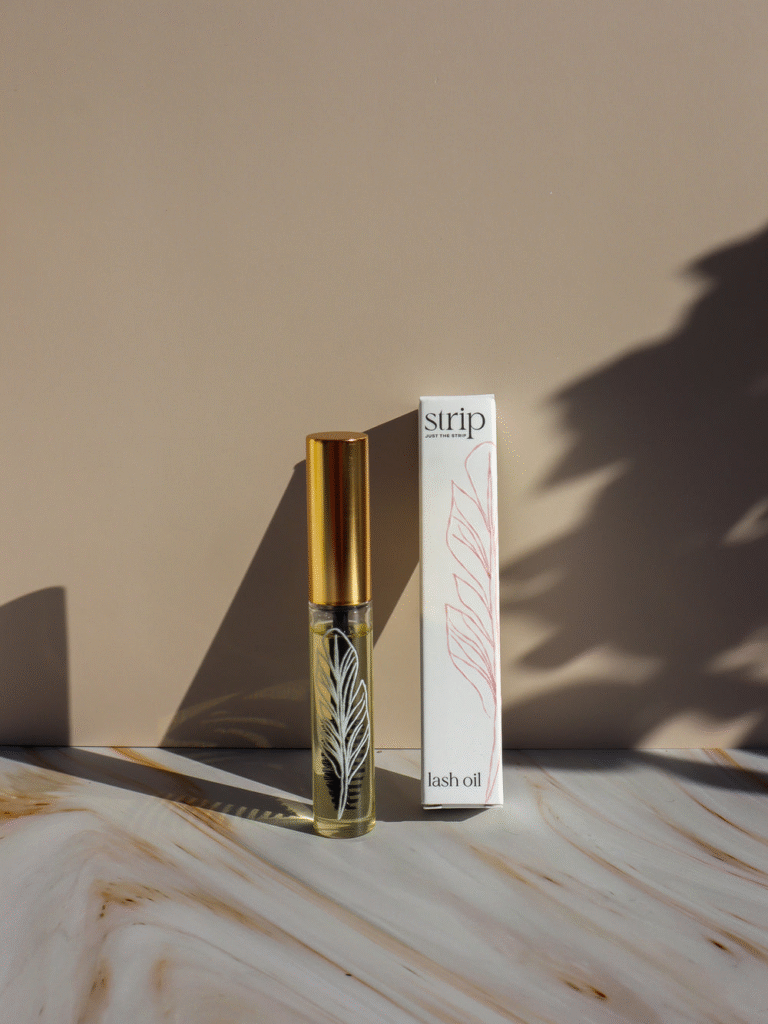Tissue paper, or simply tissue, is light crêpe paper or lightweight paper. Toilet tissue, facial tissue, napkins, and tissue paper for use in kitchens are all included in this broad category of tissue paper. Tissue paper is a sustainable product and is fairly transparent. It is usually made of recycled paper pulp that can be used for hygienic and decorative reasons.
Tissue paper is the smart choice for hygiene maintenance. It is the go-to choice at home, on the go, out for lunch, at the office, or on the bus. The daily use of tissue paper is important in promoting good hand hygiene within the general population.
Properties of Good Tissue Paper
Keep the following criteria in mind when looking for tissues. Tissue paper differs from other forms of paper in several ways. These are the attributes:
1. Absorbency
Tissue paper’s roughness is what gives it this characteristic. The capacity of tissue paper to absorb liquids increases with its roughness. It is frequently the cause of some tissue paper being rougher than others.
2. Comfort
Of course, comfort distinguishes tissue paper from other forms of paper. Nobody would choose a newspaper over tissue paper to clean their hands. It is because tissue paper was expressly created with user comfort in mind.
3. Calliper or Thickness
Tissue paper thickness gets measured in callipers. Paper density is typically assessed with a calliper because it generally is not known directly. Given that tissue paper does not vary significantly in thickness, different brands of tissue paper frequently use the same calliper. Micrometres are used to measure callipers.
4. Brightness
Tissue paper’s brightness is an optical characteristic. Under both indoor and outdoor lighting situations, brightness and colour get measured. It is done because tissue paper production must adhere to international criteria.
5. stretchability
Crepe control is a method used to produce tissue paper that gives it stretchability. Compacting the sheet of tissue paper after it has adhered to a dryer surface creates the micro folds that give the sheet its stretchability and softness.
Types of Tissues Available on the Market Nowadays.
The following list includes the numerous tissues available on the market according to their intended purposes. You can buy tissues from the Health and Glow website.
Tissue paper sheets
Given its many functions, including packing material, facial tissues, hygienic tissue paper, and paper towels, several types of tissue are created to suit each of these needs better.
Facial tissues
Face tissue paper, often known as paper handkerchiefs, is a category of disposable, soft, absorbent paper used on the face.
Although it may also refer to other forms of face tissues like napkins and wipes, the term describes the type of facial tissue commonly marketed in boxes that help to ease the evacuation of nasal mucus.
Wet tissue paper for the face, called wet wipes or facial wipes, is also available on the market. They are great for travelling and are hygienic.
Paper towels
The second-largest consumer industry used category of tissue paper is paper towels. 100% chemical pulp, 100% recycled fibre, or a combination can create this type of tissue. To increase strength, chemical pulp with long fibres gets typically added.
Wrapping tissue
A thin, translucent tissue paper known as “wrapping tissue” is used to cushion fragile objects and wrap/pack a variety of things.
For upscale retail establishments, custom-printed wrapping paper is a growing trend. Online retailers offer a variety of on-demand custom-printed wrapping paper.
Table napkins
Tissue paper can help to make tablecloths. Depending on the intended application and current trends, these are produced from one to four plies and come in a range of quality, sizes, folds, colours, and patterns. Depending on quality, raw material composition ranges widely from deinked to a chemical pulp.
The packaging sector
To be employed in the packaging sector, a variety of specialty tissues gets produced. These can wrap or pack various objects, cushion delicate goods, stuff shoes or bags to maintain form, or insert inside clothing to prevent wrinkles and ensure safety while packing or folding.
It is a thin, translucent paper that, depending on the application, can be smooth or shiny, firm or soft.
Both virgin and recycled paper pulp can create tissue. The most frequent item we use daily for cleaning, dusting, wrapping, and personal use is tissue paper. Facial wipes tissue paper is another form of tissue paper that is soft and disposable.







